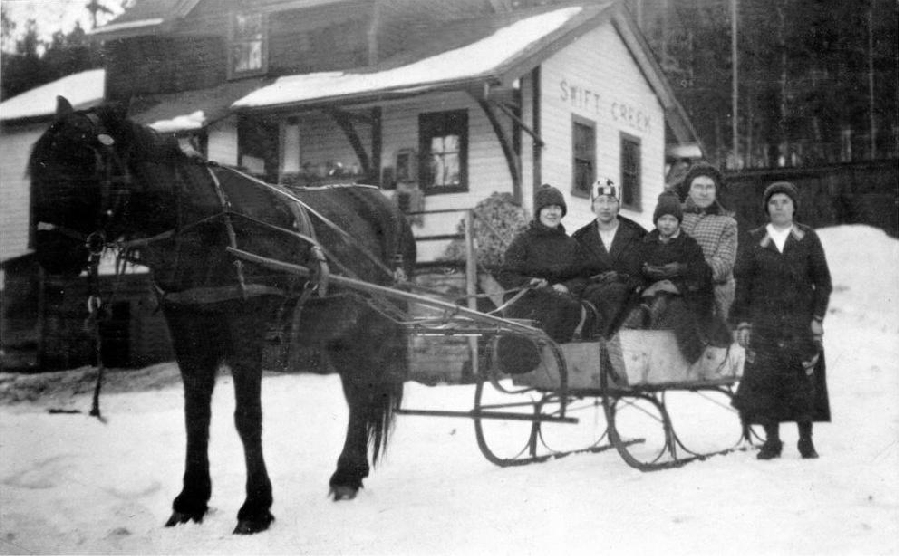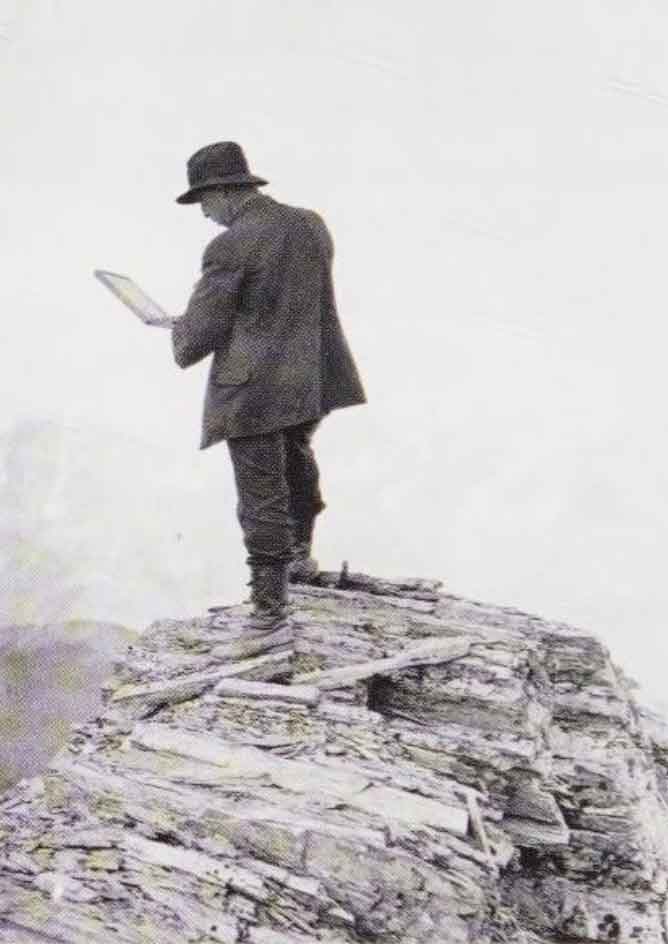On Canadian National Railway, W side of Fraser River between Torpy River and Morkill River
53.6833 N 120.8667 W — Map 93H/10 — Google — GeoHack
Earliest known reference to this name is 1914 (GTP Timetable)
Name officially adopted in 1983
Official in BC – Canada
Mile 45 in Fraser Subdivision (McBride to Prince George as of 1977)
Grand Trunk Pacific Railway station built in 1914
Grand Trunk Pacific Railway map [ca. 1912]
Grand Trunk Pacific Railway timetable 1914
Pre-emptor’s map Fort George 1G 1916
Grand Trunk Pacific Railway map ca. 1918
Grand Trunk Pacific Railway map 1919
Pre-emptor’s map Tête Jaune 3H 1919
Canadian National Railway map 1925
Grand Trunk Pacific Railway stations
Possibly named after someone in the Urling family.
- CN (Canadian National Railway). Transportation planning branch, Edmonton, and historical office, Montréal. 2000
- Bohi, Charles W., and Kozma, Leslie S. Canadian National’s Western Stations. Don Mills, Ontario: Fitzhenry & Whiteside, 2002

